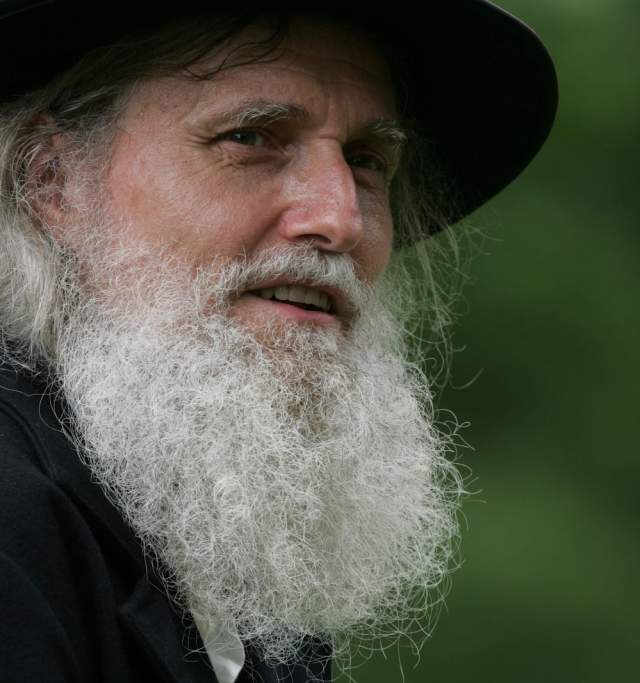Founded by abolitionists from New England, Lawrence was established with a political agenda of seeing that Kansas joined the Union as a “free state.” Lawrence was burned to the ground in 1863 and most of its men and young boys were massacred when Quantrill’s raiders sacked the town.
You don’t have to look to the Civil War era to uncover important history in Lawrence. Lawrence is where the game of basketball “came of age,” and no other city can claim such an array of basketball history. Dr. James Naismith brought basketball to the University of Kansas in 1898, a mere seven years after he invented the game. In the years since KU has developed a strong and tradition-rich program. Learn more about the Cradle of Basketball.
Lawrence also is home to the Dole Institute of Politics, an archive for Senator Robert Dole’s congressional papers, photographs, campaign memorabilia, videos and the story of his experiences in WWII. This beautiful museum on the KU campus is open to the public and frequent host to timely lectures and presentations.
Watkins Museum of History is another great place to learn of Lawrence’s rich history. The Douglas County Historical Society, founded in 1933, preserves the heritage of Douglas County. Since 1975 the Society has operated Watkins Museum of History, housed in the 1888 Watkins Land Mortgage and Nation Bank Building. Admission is free.
Kansas and Lawrence have a rich Native American heritage. Native Americans inhabited Kansas for thousands of years prior to its officially becoming an “open-for-settlement” territory of the U.S. Government. While Native Americans populated the Lawrence area long before the city was established, the city is best known to the Native American population as home to Haskell Indian Nations University, the country’s premier inter-tribal university. With more than 140 Tribal nations represented on campus, Haskell has a unique diversity not found anywhere else.
Lawrence also has a rich literary history as home to authors, from Langston Hughes to William Burroughs, from Sara Paretsky to Laura Moriarty.
Founded by pioneers driven to create a state where people of all races would be free, Lawrence has continually defined itself as an open, energetic and welcoming community. We’re proud of our history and we welcome you to learn more.
















